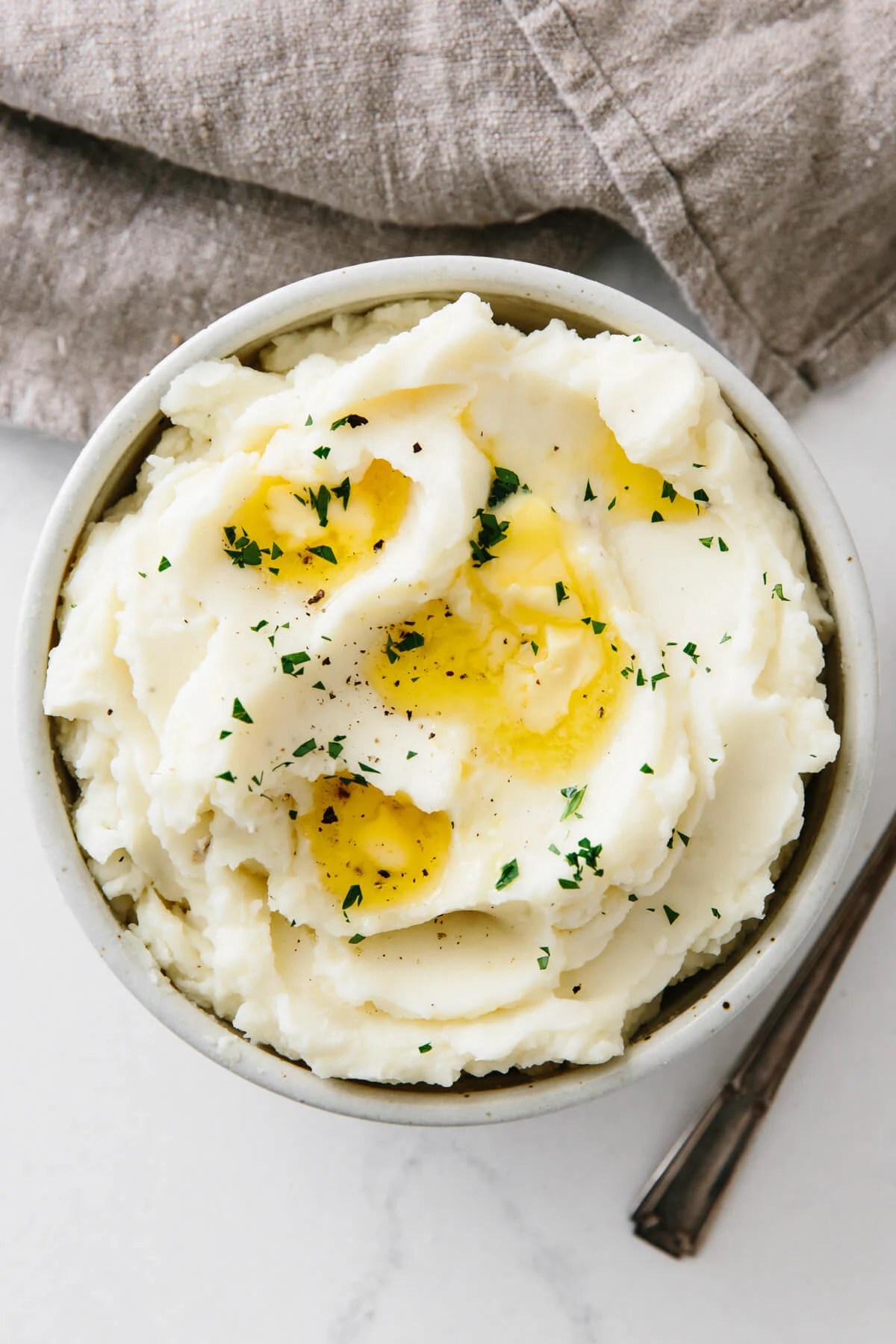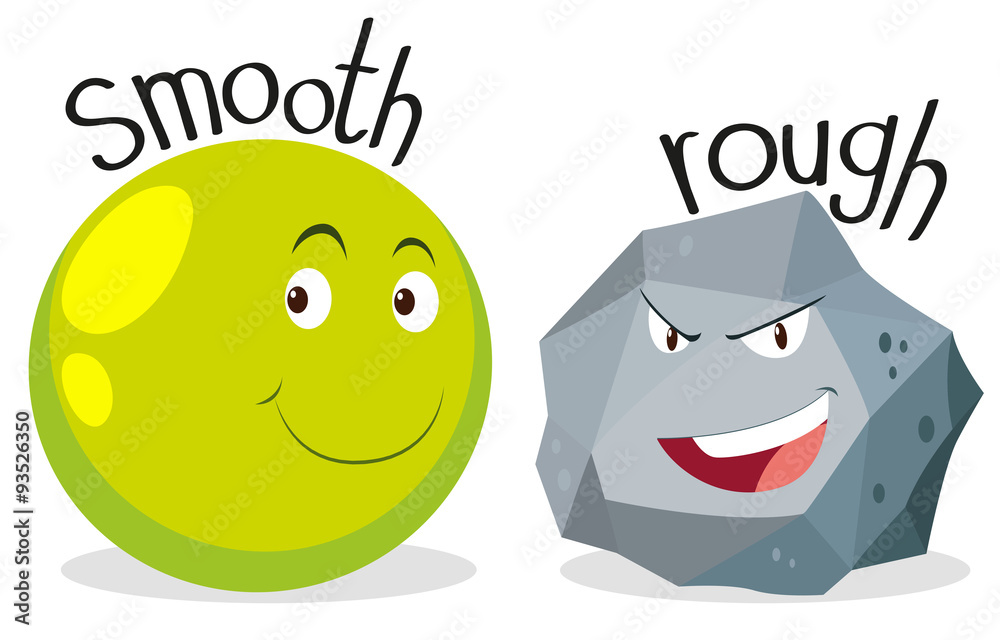How to Make Creamy Mashed Potatoes: A Step-by-Step Guide

There's nothing quite like the comforting, velvety texture of creamy mashed potatoes to make a meal feel complete. Whether you're preparing a cozy dinner at home or planning a grand Thanksgiving feast, mastering the art of homemade mashed potatoes is a skill that will serve you well. So, are you ready to elevate your potato game? Let's dive in!
The Secret to Perfectly Creamy Mashed Potatoes
The key to achieving that buttery, smooth consistency lies in a few simple techniques. From selecting the right potatoes to the perfect mashing method, every step counts. Let's break it down.
Choosing the Right Potatoes
Not all potatoes are created equal when it comes to mashing. For the creamiest results, opt for starchy potatoes like Russets or Yukon Golds. These varieties break down easily and absorb butter and cream beautifully, resulting in a fluffy, smooth texture.
Preparing Your Potatoes
Before you start cooking, make sure to peel and cut your potatoes into evenly sized chunks. This ensures they cook evenly and helps you achieve a consistent texture. Place the potatoes in a large pot, cover them with cold water, and add a generous pinch of salt.
Cooking the Potatoes
Bring the water to a boil, then reduce the heat and let the potatoes simmer until they're tender. This usually takes about 15-20 minutes. You can test their doneness by piercing a piece with a fork—it should slide in easily.
Draining and Drying
Once the potatoes are cooked, drain them thoroughly. It's crucial to remove as much water as possible to avoid a watery mash. Return the potatoes to the pot and place it back on the stove over low heat for a few minutes. This helps to evaporate any remaining moisture.
The Magic Ingredients for Creamy Mashed Potatoes
Now that your potatoes are perfectly cooked and dried, it's time to add the magic ingredients that will transform them into a creamy delight.
Butter
Butter is the cornerstone of creamy mashed potatoes. It adds richness and depth of flavor. Start by adding a generous amount of butter to your potatoes while they're still hot. The heat will help the butter melt and incorporate evenly.
Cream or Milk
For that velvety smoothness, you'll need some cream or milk. Whole milk works well, but for an extra luxurious touch, heavy cream is the way to go. Add the cream gradually, stirring continuously until you reach your desired consistency.
Seasonings
Don't forget the seasonings! Salt and pepper are essential, but you can also experiment with other flavors. Garlic, herbs, or even a touch of sour cream can add a unique twist to your mashed potatoes.
The Perfect Mashing Technique
The way you mash your potatoes can make or break their texture. Here are a few tips to ensure you get it just right.
Use the Right Tool
A potato masher or ricer is ideal for achieving a smooth consistency without overworking the potatoes. Avoid using a food processor or blender, as they can make the potatoes gluey.
Mash Gently
Start by mashing the potatoes gently to break them down. Once they're mostly smooth, you can add your butter and cream. Continue mashing until everything is well combined and you've reached your desired texture.
Taste and Adjust
Don't forget to taste your mashed potatoes as you go. Add more butter, cream, or seasonings as needed until you're satisfied with the flavor and consistency.
Serving Your Creamy Mashed Potatoes
Your creamy mashed potatoes are now ready to be the star of your meal. Here are a few serving suggestions to make them shine.
Pairing with Main Dishes
Mashed potatoes are a versatile side dish that pairs well with a variety of main courses. From roasted turkey at Thanksgiving to a hearty beef stew, they complement almost any meal.
Adding Toppings
For an extra touch of indulgence, consider adding toppings to your mashed potatoes. Gravy, melted cheese, or crispy bacon bits can take them to the next level.
Storing Leftovers
If you have leftovers, store them in an airtight container in the refrigerator. They'll keep for up to 3-4 days. You can reheat them in the oven or on the stovetop, adding a bit more cream or milk to restore their creamy texture.

Conclusion
Making creamy mashed potatoes at home is easier than you might think. With the right potatoes, a few key ingredients, and a gentle mashing technique, you can achieve that buttery, smooth texture that everyone loves. Whether you're serving them for a special occasion or a cozy dinner at home, these homemade mashed potatoes are sure to impress.
So, what are you waiting for? Grab your potatoes and get mashing! Your taste buds will thank you.
FAQs
What type of potatoes are best for mashed potatoes?
Starchy potatoes like Russets or Yukon Golds are best for mashed potatoes. They break down easily and absorb butter and cream well, resulting in a fluffy, smooth texture.
Can I use a food processor to mash potatoes?
Using a food processor or blender can make the potatoes gluey. It's best to use a potato masher or ricer for a smooth consistency without overworking the potatoes.
How long can I store leftover mashed potatoes?
Leftover mashed potatoes can be stored in an airtight container in the refrigerator for up to 3-4 days. Reheat them in the oven or on the stovetop, adding a bit more cream or milk to restore their creamy texture.
What can I add to mashed potatoes for extra flavor?
You can add garlic, herbs, sour cream, or even cheese to mashed potatoes for extra flavor. Experiment with different combinations to find your favorite twist.
How do I prevent watery mashed potatoes?
To prevent watery mashed potatoes, make sure to drain the potatoes thoroughly after cooking. Return them to the pot and place it back on the stove over low heat for a few minutes to evaporate any remaining moisture.

With these tips and techniques, you're well on your way to mastering the art of creamy mashed potatoes. Happy cooking!
0 Response to "How to Make Creamy Mashed Potatoes: A Step-by-Step Guide"
Post a Comment